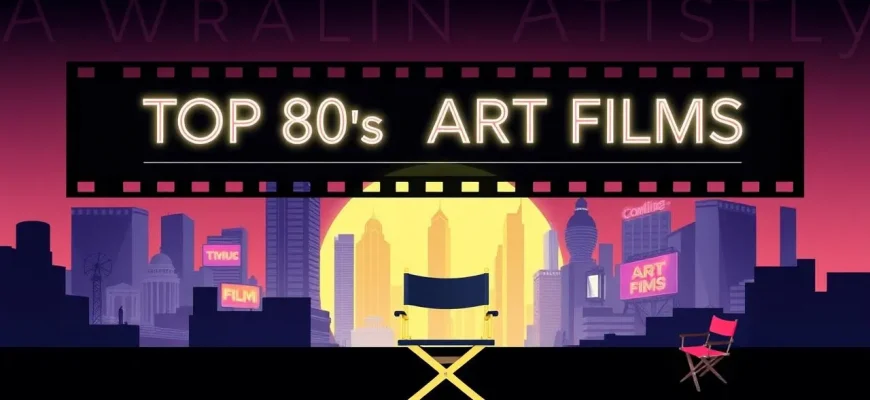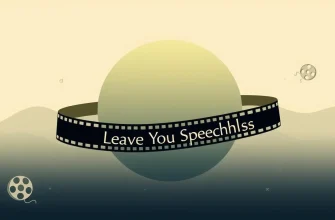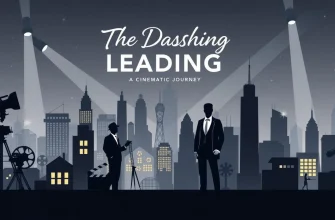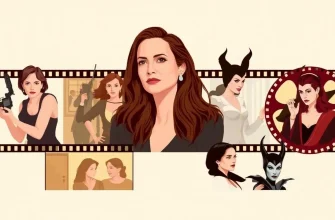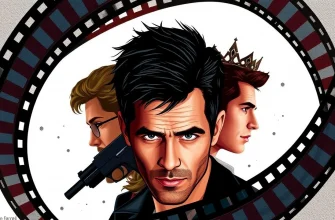The 1980s were a transformative period for cinema, marked by a surge in artistic expression and groundbreaking storytelling. This curated list of the greatest art films from the 80s not only showcases the era's cinematic innovation but also provides a window into the cultural and social dynamics of the time. Each film in this collection has left an indelible mark on the world of film, offering viewers a blend of visual poetry, narrative depth, and emotional resonance.
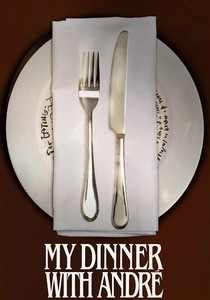
My Dinner with Andre (1981)
Description: Louis Malle's film, consisting almost entirely of a dinner conversation, explores existential themes through the dialogue between two friends. Its minimalist approach to storytelling is both daring and engaging.
Fact: The film was shot in just 11 days. The entire script was improvised from a detailed outline.
 Watch Now
Watch Now 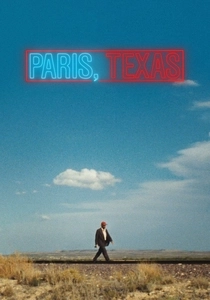
Paris, Texas (1984)
Description: Wim Wenders' road movie about a man searching for his lost family is a poignant exploration of identity, memory, and the American landscape. Its minimalist storytelling and evocative cinematography are hallmarks of art cinema.
Fact: The film won the Palme d'Or at the Cannes Film Festival. The iconic monologue by Harry Dean Stanton was improvised.
 Watch Now
Watch Now 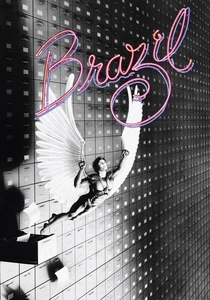
Brazil (1985)
Description: Terry Gilliam's dystopian satire critiques bureaucracy and consumerism with a blend of dark humor and visual flair. Its surreal imagery and complex narrative structure make it a standout in 80s cinema.
Fact: The film had a famously troubled production, with Universal Pictures attempting to edit it without Gilliam's consent. The director's cut was eventually released.
 Watch Now
Watch Now 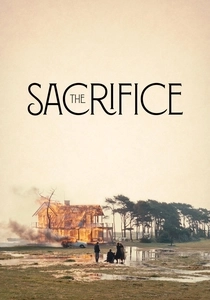
The Sacrifice (1986)
Description: Andrei Tarkovsky's final film is a meditative exploration of faith, sacrifice, and the apocalypse. Its long takes, philosophical depth, and haunting visuals make it a fitting swan song for the director.
Fact: The film was shot in Sweden with a predominantly Swedish cast. Tarkovsky passed away shortly after its completion.
 Watch Now
Watch Now 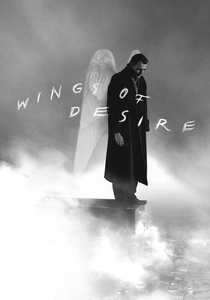
Wings of Desire (1987)
Description: Wim Wenders' poetic vision of angels observing human life in Berlin captures the essence of longing and the beauty of existence. Its unique narrative style and visual storytelling have influenced countless filmmakers.
Fact: The film was remade in 1998 as "City of Angels" with a very different plot. The original German title translates to "The Sky Over Berlin."
 Watch Now
Watch Now 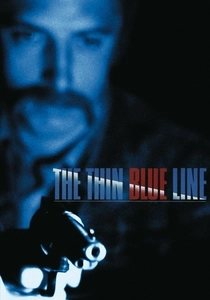
The Thin Blue Line (1988)
Description: Errol Morris's documentary that investigates a murder case, its narrative structure and innovative use of reenactments redefined documentary filmmaking, making it a critical and influential piece of 80s cinema.
Fact: The film led to the release of Randall Dale Adams, who had been wrongfully convicted of murder. It's often credited with helping to free an innocent man.
 Watch Now
Watch Now 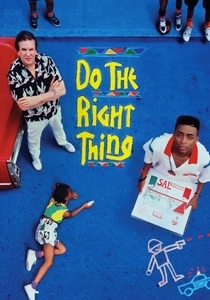
Do the Right Thing (1989)
Description: Spike Lee's examination of racial tensions in Brooklyn is both a vibrant social commentary and a stylistic triumph. Its bold use of color and music, along with its complex characters, make it a landmark film.
Fact: The film was shot in just 40 days. It was nominated for two Academy Awards, including Best Original Screenplay.
 Watch Now
Watch Now 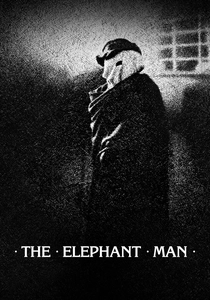
The Elephant Man (1980)
Description: David Lynch's sensitive portrayal of Joseph Merrick's life is both a study in human compassion and a critique of Victorian society's treatment of the 'other'. Its black-and-white cinematography adds to its timeless quality.
Fact: Despite its dark subject matter, the film was nominated for eight Academy Awards. John Hurt's performance was critically acclaimed.
 30 Days Free
30 Days Free 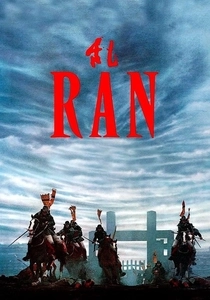
Ran (1985)
Description: Akira Kurosawa's epic reimagining of King Lear set in feudal Japan is a visual and narrative tour de force. Its use of color, scale, and Shakespearean tragedy makes it one of the most ambitious films of the decade.
Fact: "Ran" means "chaos" in Japanese, reflecting the film's theme. It was Kurosawa's last epic film.
 30 Days Free
30 Days Free 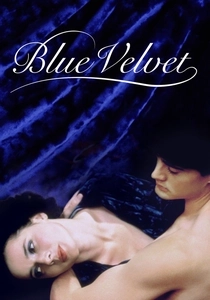
Blue Velvet (1986)
Description: David Lynch's masterpiece delves into the dark underbelly of small-town America, blending surrealism with a noir thriller. Its exploration of innocence lost and the duality of human nature makes it a quintessential 80s art film.
Fact: The film was initially met with controversy for its graphic content but has since been recognized as a landmark in cinema. Isabella Rossellini's role was her first major film appearance.
 30 Days Free
30 Days Free 
